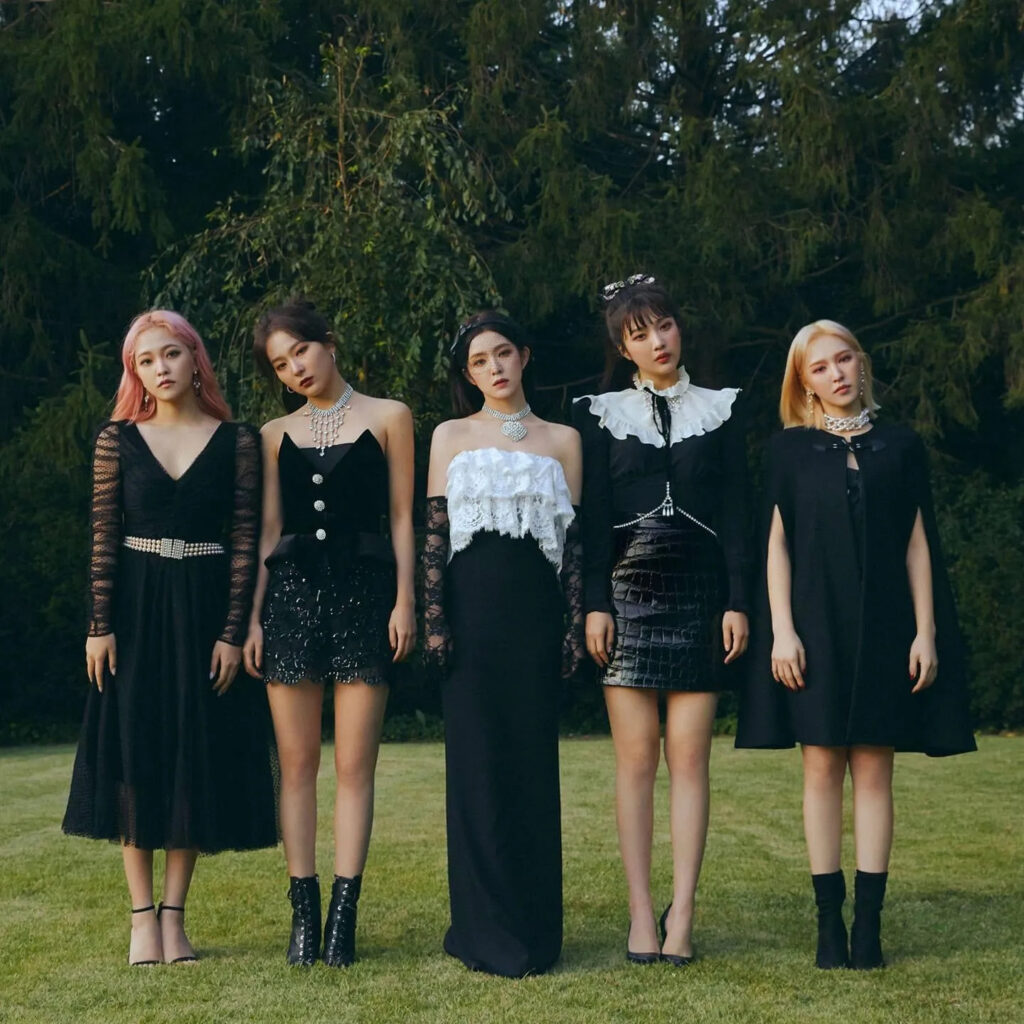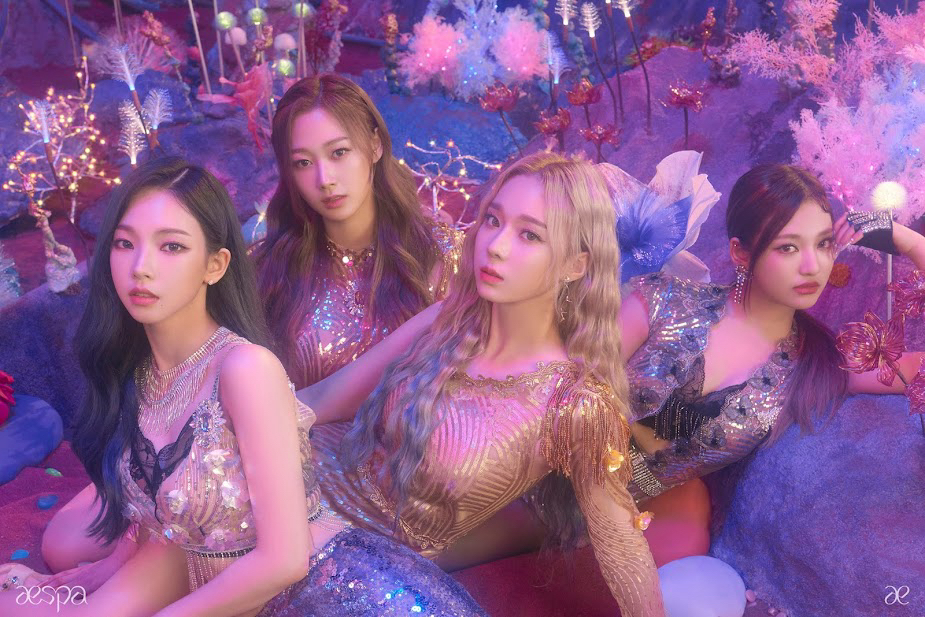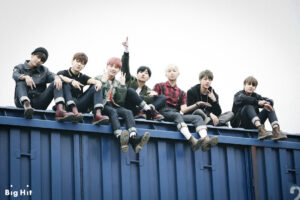In the fast-moving world of K-pop, a comeback isn’t just a new song or album—it’s a full-scale cultural event. Unlike in Western music industries, where new singles can drop with little warning, K-pop comebacks are meticulously planned campaigns designed to create maximum buzz, emotional investment, and viral moments. And it works: the digital footprint of a K-pop comeback can dominate social media for weeks, set YouTube records, and even launch international careers.
But what makes a K-pop comeback so impactful? Behind every viral stage, perfectly timed teaser, or cryptic social media post lies a sophisticated strategy—a blend of storytelling, branding, marketing psychology, and fan engagement. Let’s break down the science of a K-pop comeback, from the teaser drops that start it all to the fan theories that keep everyone guessing.
The Teaser Phase: Building Hype Through Mystery
Every successful K-pop comeback begins with a teaser—usually a cryptic image or a few seconds of video released weeks before the actual music drops. These teasers are rarely straightforward. Instead, they’re designed to stir curiosity. Maybe a member appears in a mysterious setting. Maybe the soundbite is distorted or backwards. Sometimes, a single word or visual symbol is enough to send fans into full theory mode.
The beauty of a K-pop teaser lies in what it doesn’t say. It leaves just enough breadcrumbs for fans to start guessing: “Is this a sequel to their last era?” “What does the clock mean?” “Why is there a butterfly on the wall?” This generates a powerful online ripple effect, where fans create their own meaning, discuss it on forums, and share predictions across Twitter and TikTok. In essence, the teaser makes the fans part of the creative process, building anticipation long before a song is even heard.
Concept Photos: Setting the Visual Tone
Shortly after teasers drop, K-pop groups release their concept photos, which offer the first full look at the comeback’s visual identity. These aren’t just photos—they’re deliberate aesthetic choices that often reveal the underlying theme or emotional tone of the era. One comeback might be moody and dramatic with dark makeup and cinematic lighting.

Another might lean dreamy and ethereal, dressed in soft pastels and floral backdrops.

Some groups, like BLACKPINK or NewJeans, release multiple sets of concept photos, each showcasing different styles. Fans don’t just enjoy the visuals—they dissect them. Everything from eye colour to background setting can be interpreted as a clue. These visuals then inspire fan art, fashion recreations, and social media edits, creating a strong visual identity that travels far beyond Korea and into global pop culture.
Lore and Fan Theories: K-Pop’s Cinematic Universe

Many top K-pop groups don’t just release albums—they create universes. BTS, for example, has the “Bangtan Universe,” where music videos, webtoons, and short films tell an ongoing story about time travel, loss, friendship, and healing. Similarly, LOONA introduced each member through solo music videos that subtly connected to a larger narrative called the “LOONAverse.” These stories unfold slowly over multiple comebacks, often using symbolism and metaphors that only dedicated fans can decode.
The result is a fandom that doesn’t just listen to music—they invest in mythology. Entire Reddit threads, YouTube breakdowns, and Twitter threads are dedicated to unpacking meanings. It turns a three-minute music video into an entire fandom experience. This ongoing storytelling not only deepens emotional connection but also ensures fans return for every new chapter.
The Music Video Drop: A Global Spectacle
By the time the music video is released, anticipation has reached fever pitch. Fans around the world tune into YouTube premieres like they would for a blockbuster movie. These music videos are often high-budget productions filled with choreographed dance breaks, fashion-forward styling, symbolic props, and even easter eggs referencing past eras.
A well-executed K-pop MV is built for repeat viewing. The choreography is addictive, the visuals are cinematic, and there are often hidden layers that only reveal themselves after several watches. This leads to viral challenges, memeable moments, and record-breaking views. Reaching 10 million views in the first hour or 100 million within days isn’t unusual—and it’s often a goal fans set for themselves to show their support.
Performances and Variety Content: Keeping the Hype Alive
After the song is released, the promotional phase begins. This includes music show performances on Korean broadcasts like Inkigayo and Music Bank, where groups perform their new song in ever-changing outfits and themes. But that’s just the beginning.
Fans are also treated to dance practice videos, behind-the-scenes footage, interviews, and vlogs. Many idols also go on YouTube or TikTok live streams, appear on variety shows, and even release “relay dances” or “1:1 fan cams” that spotlight each member. This multi-platform approach ensures that the momentum from the comeback lasts for weeks, keeping fans engaged across different time zones and social media platforms.
Fandom Engagement: Turning Fans Into Marketing Teams
No K-pop comeback would be complete without the fandom’s participation. Fans coordinate streaming campaigns to boost Spotify and YouTube numbers. Hashtag takeovers on Twitter help trend the song globally. TikTokers create dance challenges or edit clips synced to the track’s most addictive lines. Some fans even rent out billboards, organise flash mobs, or host themed cafés to support their idols.
This is where the science of a K-pop comeback reaches its most powerful point: fans aren’t just consumers—they’re co-promoters. They feel emotionally invested in the success of the release, and that energy drives the viral reach that agencies couldn’t manufacture alone.
Why the K-Pop Comeback Formula Works
At the core of every K-pop comeback is a masterfully designed funnel. It starts with curiosity (teasers), deepens with emotional and visual engagement (concepts and theories), explodes into global reach (music videos and performances), and sustains momentum through fan-powered content.
It’s no surprise that Western artists like Taylor Swift, Olivia Rodrigo, and The Weeknd have started adopting similar strategies—releasing cryptic teasers, multi-version visuals, and lore-heavy narratives to build anticipation. K-pop’s approach to comebacks isn’t just a trend—it’s a blueprint for how to build a loyal fanbase in the digital age.
Final Thoughts
A K-pop comeback is more than just a release date—it’s a carefully crafted emotional and visual journey that turns every moment into a shared fan experience. From the first teaser image to the final stage performance, every detail is intentional, symbolic, and designed to keep fans thinking, talking, and streaming.
In many ways, the science of a K-pop comeback is a love letter to fandoms. It’s proof that when music, visuals, and storytelling align with community and excitement, it creates not just a viral moment—but a pop culture legacy.


Comments
2 responses
[…] K-pop comebacks are highly anticipated events that involve meticulous planning, from music production to promotional activities. When two major groups schedule their comebacks too close to each other, they compete for media coverage, chart positions, and fan attention. This can lead to reduced visibility and impact for both groups. The K-pop Comeback Clashing Risk Calculator provides a data-driven approach to understanding these risks, enabling fans and industry professionals to make informed decisions. By identifying potential clashes, you can strategize better, whether you're a fan planning your support or a manager scheduling a release. Learn more about the dynamics of comebacks at K-pop Comeback Clashing. […]
[…] Every K-pop comeback is treated like a major cultural event. Companies build hype using: […]